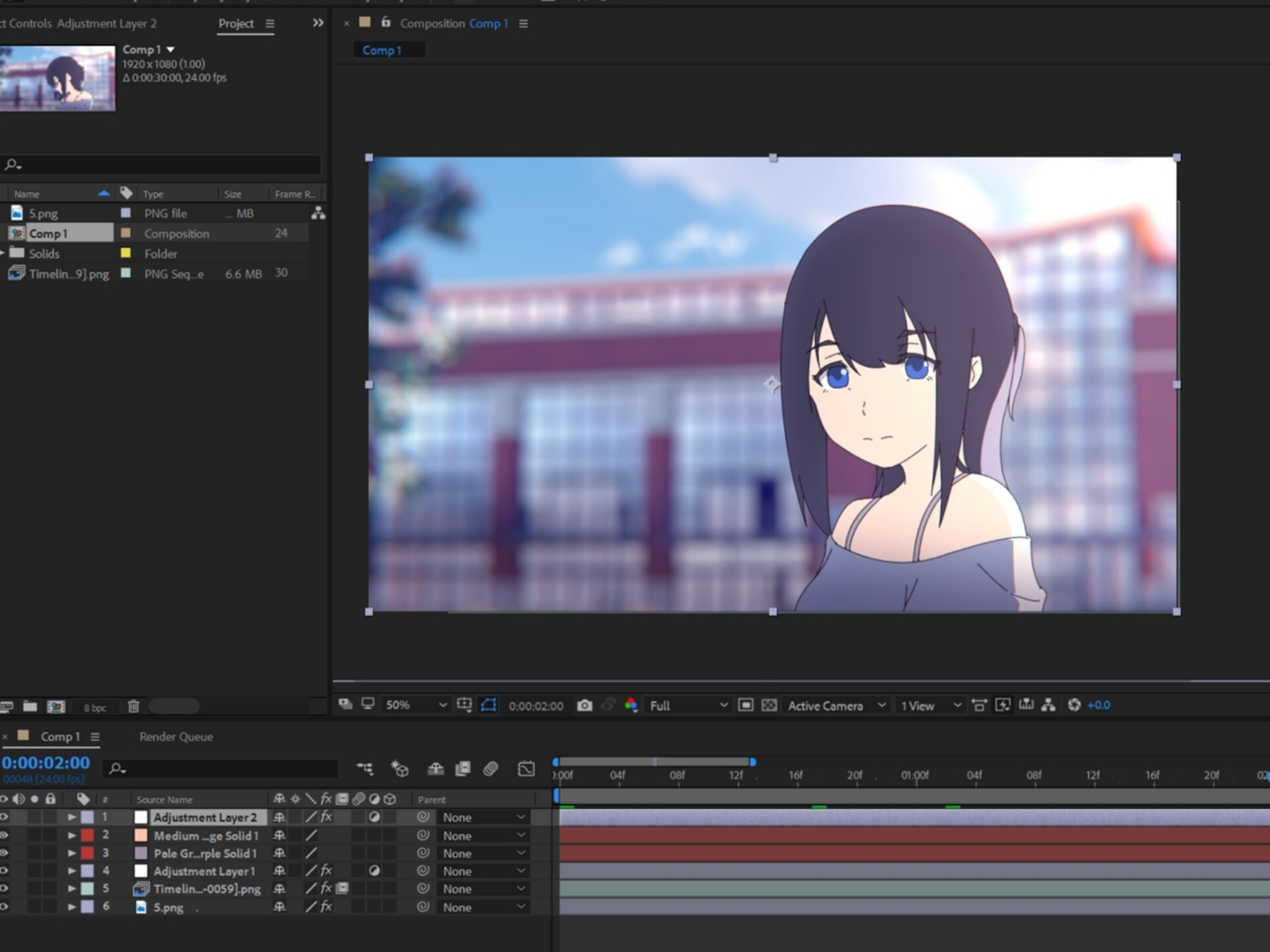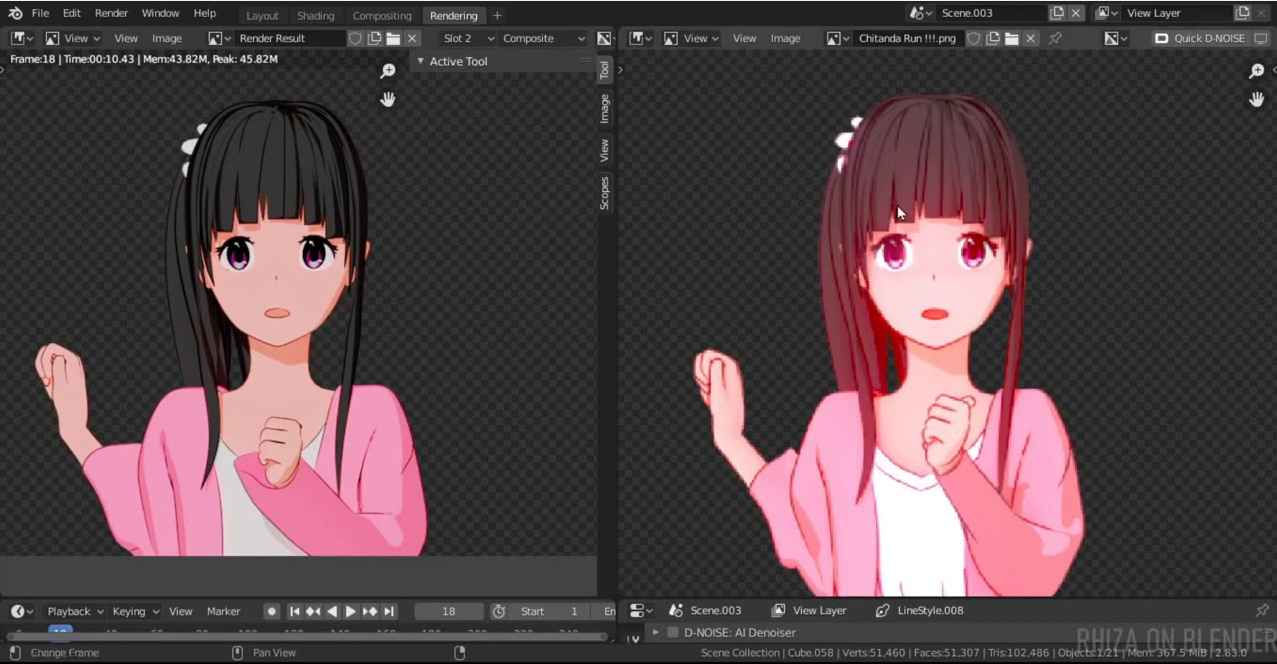Anime’s dynamic tones exciting activity groupings and fascinating universes have attracted fans from one side of the planet to the other. One of the primary things that attracts individuals to anime is its outwardly dazzling impacts. These sorts of results require a mix of specialized expertise and imaginative creativity. We’ll look at some delicious advice on how to use amazing effects to make your anime scenes come to life in this post.
- Understand the Basics of Animation:Before attempting to create anime effects it is vital to have a solid understanding of the principles of animation. Understand the concepts of movement, timing and space. This knowledge forms the foundation upon which you can build captivating visual effects.
- Learn the Art of Key frames: The fundamental units of animation are key frames. Learning the craft of key frame manipulation is essential whether you’re working on special effects or character motions. Establish pivotal points in your animation to enable seamless transitions and seamless motion.
- Examine Particle Systems: Magical auras, fire, sparks and other complex particle systems are common anime effects. Try experimenting with your animation program’s tools or particle simulation software to produce striking and lifelike results. Observe the way that particles behave and engage with their surroundings.
- Accept Cel Shading Techniques: Bold flat colors and sharp contours are emphasized in anime through the use of this popular approach. Discover how to add cel shading to your animations to improve the aesthetic and add more impact to your effects. This method works especially well for producing stylish and dynamic images.
- Experiment with Lighting and Shadows: You may significantly improve the mood of your anime scenes by experimenting with the way light and shadow interact. Try varying the lighting arrangements to create different emotions. Whether it’s the cozy warmth of a sunset or the unsettling blackness of a mystery forest well considered lighting gives your animations more depth and authenticity.
- Employ Motion Blur for Dynamic Action: Motion blur is a useful tool for high-octane action scenes which are a common aspect of anime. Adding motion blur to your action sequences enhances its immersion by giving fast-paced motions a sense of speed and intensity. Achieve the right amount of blur while retaining clarity by striking a balance.
- Study Reference Materials:Drawing inspiration from real-life references and other anime productions can provide valuable insights into creating authentic effects. Analyze how professional animators tackle various elements, from water reflections to explosive energy bursts. Building a reference library will enrich your understanding of different effects.
- Experiment with Color Grading:Color grading is a powerful tool for setting the tone of your anime. Try different color schemes to emphasize important events or elicit particular feelings. Push the envelope and experiment to develop distinctive color schemes that improve the overall visual experience.
Popular Choices for Anime Effects Creation
- Utilizing Adobe After Effects
- Strengths:
- Versatility:A vast array of animation and visual effects projects make use of After Effects a strong and adaptable application.
- Integration:Provides a fluid workflow with programs like Photoshop and Illustrator by integrating seamlessly with other Adobe Creative Cloud apps.
- Plugins:Its powers are improved by a large collection of third-party extensions and plugins which offer specialized tools for a range of effects.
- Best For:
- Professionals and enthusiasts looking for a comprehensive animation and visual effects platform.
- Those familiar with Adobe’s ecosystem seek a consistent workflow.
- Strengths:
- Toon Boom Harmony:
- Strengths:
- 2D Animation Focus:Tailored specifically for 2D animation making it a go-to choice for traditional and digital animators.
- Rigging and Deformation:Offers advanced rigging tools allowing animators to create complex character movements with ease.
- Scene Management:Efficient scene and asset management features streamline the production process for larger projects.
- Best For:
- Animators are specializing in 2D animation and looking for comprehensive software with advanced rigging capabilities.
- Studios are involved in the production of animated series and feature films.
- Strengths:
- Clip Studio Paint:
- Strengths:
- Illustration Capabilities:Clip Studio Paint shines in drawing emotive well-rounded characters because it was first created for digital illustration.
- Frame-by-Frame Animation:This feature makes frame-by-frame animation accessible to animators of all experience levels and is very user-friendly.
- Affordability:Clip Studio Paint is frequently less expensive when compared to other professional animation tools.
- Best For:
- Artists who want to combine illustration and animation seamlessly in a single platform.
- Those looking for an affordable option without compromising on essential animation features.
- Strengths:
Choosing the Right Software
- Think About Your Animation Style:Toon Boom Harmony could be the best option if you’re primarily interested in 2D animation with sophisticated rigging. Clip Studio Paint is a good option for combining animation and art.
- Workflow Preferences:Those seeking a flexible tool and at ease with Adobe’s environment may find Adobe after Effects suitable. While Clip Studio Paint is mostly focused on illustrations Toon Boom Harmony provides a specific 2D animation technique.
- Budget Constraints:Clip Studio Paint offers strong animation tools at a reduced price if money is a top concern.
Exploring Free Alternatives for Anime Effects Creation: Krita and Blender
- Krita:
- Strengths:
- Illustration-focused:Krita was initially intended for digital painting and illustration but it is particularly good at producing lively characters and intricate backgrounds.
- Easy to Use design: Its intuitive design makes learning easy and accessible to all levels of experience.
- Animation Support:It is a flexible tool for animators providing frame-by-frame animation features.
- Best For:
- Beginners and artists focusing on 2D animation and illustration.
- Those looking for open-source free software that prioritizes digital creativity.
- Strengths:
- Blender:
- Strengths:
- 3D Animation Capabilities:Blender offers a wide range of tools for 2D animation in addition to its well-known 3D modeling and animation capabilities.
- Community and materials: A sizable and vibrant community guarantees that users of all skill levels have access to a wealth of lessons and materials.
- Free and Open Source:Blender is an appealing choice for anyone on a tight budget because it is free to use and is open-source.
- Best For:
- Artists who want to use a single piece of software for both 2D and 3D animation.
- Those searching for a robust feature-rich free and open-source solution.
- Strengths:
Considerations for Free Software
- Feature Limitations:While Krita and Blender offer robust features they may not match the extensive capabilities of paid software like Adobe after Effects or Toon Boom Harmony.
- Learning Curve:Although Krita and Blender both have learning curves they also offer a wealth of community assistance and documentation to help users become proficient with the programs.
- Options That Are Affordable:Perfect for novices learners or artists on a tight budget who wish to experiment with animation without having to make the initial investment in expensive software.
Choosing the Right Free Software
- 2D vs. 3D Animation:Krita could be a better option if your main goal is 2D animation and illustration. Blender provides more features for anyone interested in both 2D and 3D animation.
- Community Support:Consider Take into account the amount of tutorials and community help offered while making your decision as a strong community can be beneficial for overcoming learning challenges.
Enhancing Animation Dynamism:
- Exaggerate Poses and Actions:
- Purpose:Amplify the impact and emotional expressiveness of your characters by pushing their poses and actions beyond realism.
- Techniques:
- Enlarge Expressions:Emphasize facial expressions and body language to convey heightened emotions.
- Extend Limbs:Stretch limbs to create dynamic and visually striking silhouettes during key movements.
- Squash and Stretch Techniques:
- Purpose:Add a sense of elasticity and vitality to your animations by deforming characters and objects during motion.
- Techniques:
- Compression and Expansion:Squash characters on impact and stretch them during recoil enhancing the illusion of weight and momentum.
- Dynamic Deformation:Apply squash and stretch selectively to specific body parts or objects based on the nature of the action.
- Incorporate Anticipation:
- Purpose:Prepare the audience for upcoming actions and make movements more dynamic by introducing anticipation before the main action.
- Techniques:
- Wind-Up Movements:Have characters perform a brief opposite motion before the primary action building tension and excitement.
- Facial Expressions:Use expressions to signal upcoming actions creating anticipation in the viewer.
- Follow-Through for Natural Movement:
- Purpose:Enhance realism and fluidity by incorporating natural follow-through motions after the main action is complete.
- Techniques:
- Secondary Actions:Integrate subtle movements that occur after the primary action, such as a character’s hair continuing to sway after a sudden stop.
- Recovery Movements:Show characters regaining balance or adjusting posture following an intense action making the animation feel more grounded.
Considerations for Effective Animation
- Consistency in Style:Ensure that the exaggeration squash and stretch anticipation and follow-through techniques align with the overall style and tone of your animation.
- Observational Learning:Study real-life movements and observe how exaggeration and anticipation naturally occur in dynamic actions. Apply these observations to your animations for authenticity.
- Feedback Loop:Seek feedback from peers or mentors to refine your understanding of when and how to apply these techniques effectively. Constructive criticism can significantly improve the impact of your animations.
Conclusion
The exciting process of creating anime effects blends technical proficiency with creative expression. You may realize your ability to create visually striking and emotionally impactful anime sequences by learning essential animation concepts experimenting with sophisticated techniques and never stopping improving your work. Now that you’ve entered the fascinating realm of anime effects take your pen enjoy the enchantment and let your imagination run wild.


